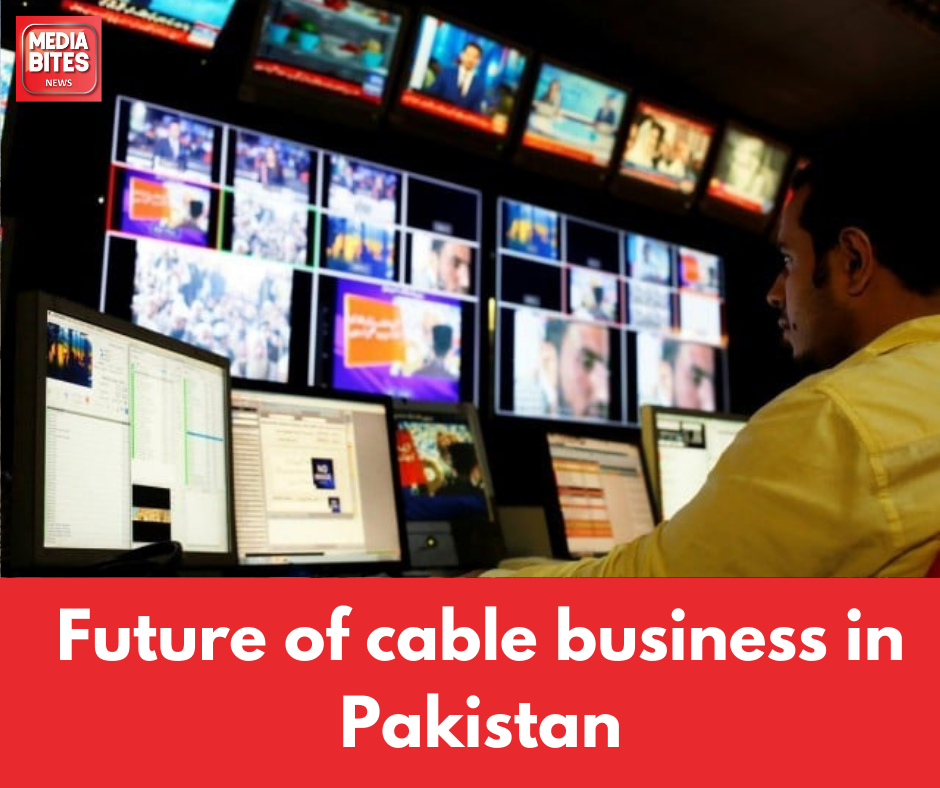
By : khurram fayyaz
The future of cable TV in Pakistan is likely to be influenced by various factors such as advancements in technology, changes in consumer preferences, and regulatory policies. Here are a few potential scenarios:
Shift to online streaming: With the increasing popularity of online streaming platforms like Netflix, and Amazon Prime Video, and local platforms like Iflix, Eros Now, and Zee5, consumers may gradually shift away from cable TV to online streaming. This shift is already evident in developed countries, and Pakistan may follow suit.
Competition from IPTV: Internet Protocol Television (IPTV) is becoming increasingly popular worldwide, and in Pakistan, a few providers have already entered the market. IPTV provides several advantages over cable TVs, such as better picture quality, access to on-demand content, and more customization options.
Government regulations: The government may introduce new regulations that could impact the cable TV industry. For instance, the government could require cable operators to offer more local content, improve service quality, or even license new players to enter the market.
Hybrid models: Cable TV providers may adopt hybrid models, offering both traditional cable TV and online streaming options. This model has already been adopted by some cable operators in Pakistan who have launched their online streaming platforms.
Overall, the future of cable TV in Pakistan is likely to be shaped by a combination of these factors. However, it’s important to note that cable TV remains an important source of entertainment and information for many Pakistanis, especially in rural areas where internet connectivity and access to online streaming platforms may be limited.


